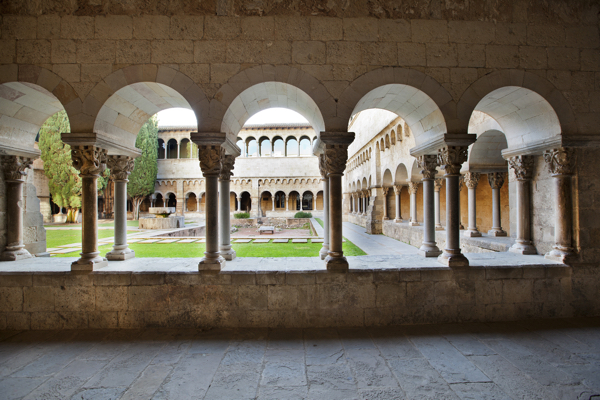
Romanesque Cloister
Notable in the monastic site is the Romanesque Cloister, a symbolic and functional space surrounded by a series of rooms for the daily life of the monks and that enabled community life.
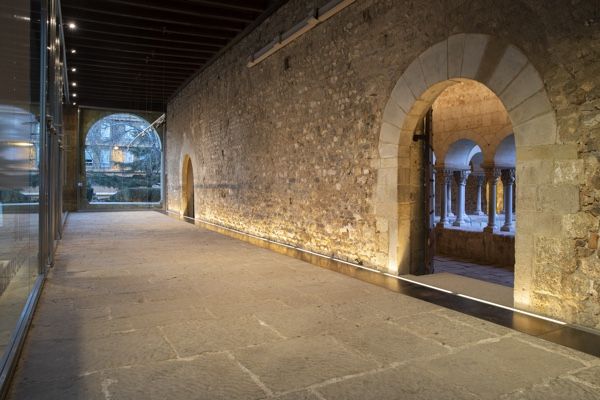
Small Cloister
On the western side of the Cloister, to the east of Om Square, is the Small Cloister, a late 16th century Renaissance building, the work of the master builder Reguer.

Early Christian Church
The Cloister courtyard still preserves the foundations of the former early Christian basilica, built in the 5th century to worship the relics of Cugat the martyr, who died in the year 304 …
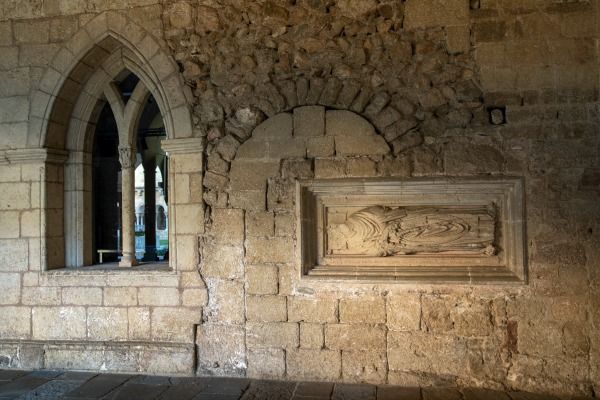
Enigmatic Entrance
Very near this church entrance, on the eastern wall of the Cloister and between the façade and the chapter house and the body perpendicular to today’s church, there are remains of an old wall from the 10th century with a pointed entrance from the same period, later covered with well-squared ashlars.
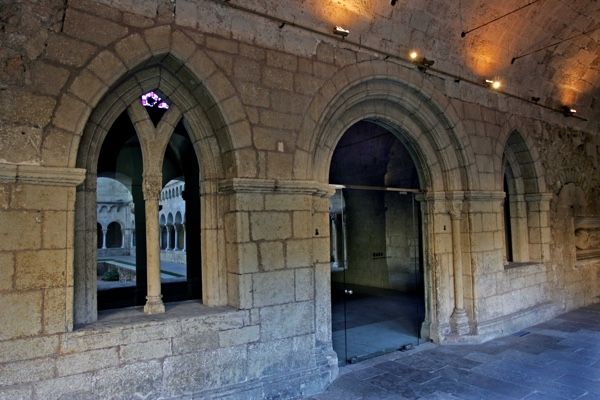
Gothic Chapter House
Every morning, the monks met in the chapter house and read a chapter of the Rule of Saint Benedict. This is where the name comes from. The room is also the meeting place where they discussed questions of economics and good governance, confessed their minor infractions and monastic posts were allocated.
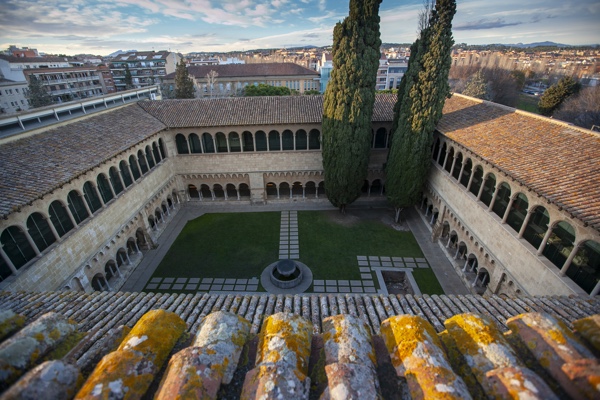
Renaissance Cloister
The creation of houses for each monastic administration or post meant that those holding these positions went to live there. Renaissance humanism also meant that individual cells were built for young monks, which involved building a floor over the Romanesque galleries of the Cloister.
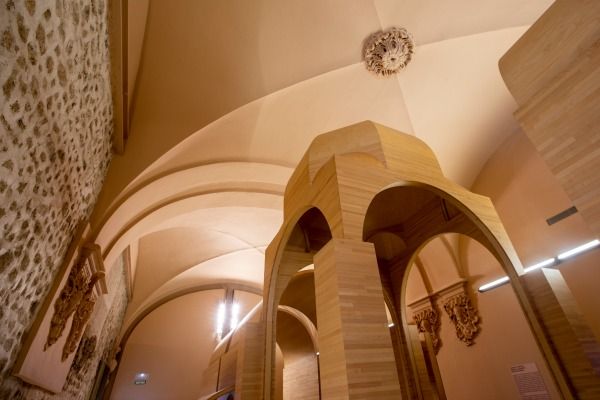
Baroque Chapter House
In the second half of the 18th century the custom of communal meals was lost and, given the poor state of the Gothic chapter house, a new one was built where the old kitchen and part of the refectory had been. Of its decoration, only a few mouldings and paintings on the life of Saint Benedict remain, currently on display in the church.